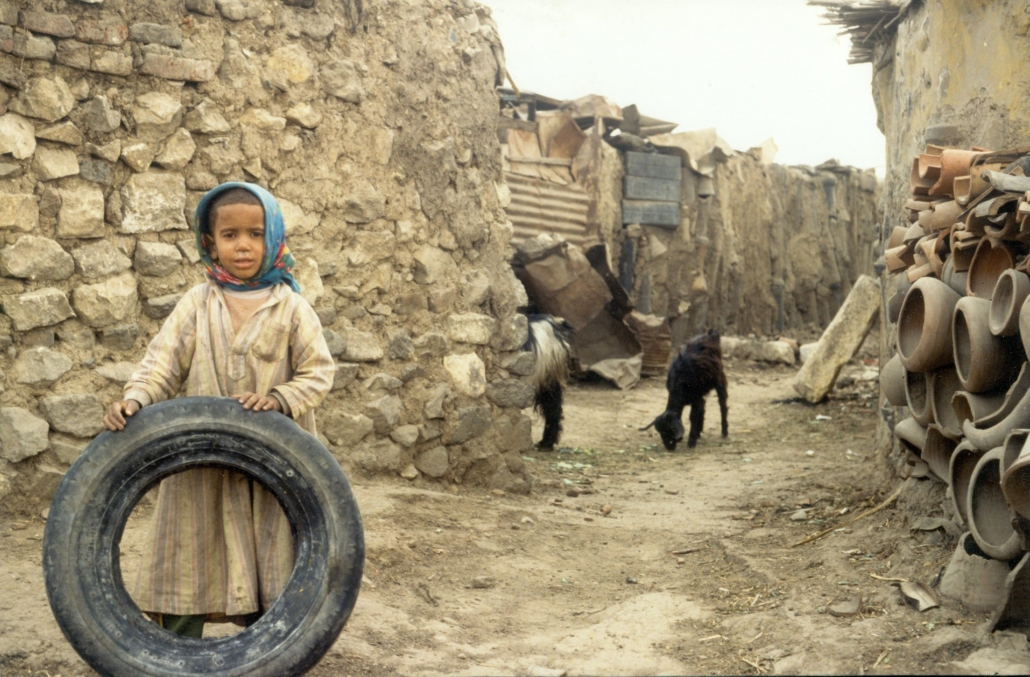Egypt’s Fight Against Child Labor
 Egypt’s fight against child labor achieved moderate advancement in 2022, leading to an optimistic view of the nation’s goal to eradicate child labor. Egypt began its campaign to fight against child labor in 2018 and the country’s Minister of Manpower, Mohamed Saafan, stated that Egypt’s goal is to eliminate child labor entirely by 2025.
Egypt’s fight against child labor achieved moderate advancement in 2022, leading to an optimistic view of the nation’s goal to eradicate child labor. Egypt began its campaign to fight against child labor in 2018 and the country’s Minister of Manpower, Mohamed Saafan, stated that Egypt’s goal is to eliminate child labor entirely by 2025.
Children in Egypt are subject to the harshest forms of child labor, which include agriculture, the production industry and exploitation services.
Agriculture
According to the U.S. Department of Labor, about 10.4% of children are forced to work on farms. Children are mainly responsible for tending livestock like water buffalo, cattle, goats and sheep. Poultry production is a relatively new, government-promoted product that children now have to attend, alongside fishing.
Production Industry
Most children are put to work in the production industry, with about 82.4% working in factories. The factories that children work in mainly produce bricks and quarry limestone, which exposes them to hazardous chemicals and supplies. Aside from construction and the production of bricks, many children have to work in carpentry workshops.
Exploitation Services
The Department of Labor found that about 7.2% of children are put into exploitation services, including domestic work, repairing vehicles, street vending and collecting trash. Some children are even seen driving tuktuks, which are motorized taxis. Children are sexually exploited, trafficked and forced to traffic drugs and humans.
There are a few Egyptian laws and regulations that fight against child labor, including Articles 64 and 74 of the Child Law, which set the minimum age for employment at 15 years. Article 89 of the Egyptian Constitution states the prohibition of forced labor alongside the prohibition of child trafficking.
Even though Egypt has a dedicated section in its Constitution to protect the well-being of children, it is difficult to enforce and document all instances of child endangerment. The country enforces these laws using agencies responsible for securing children’s safety.
The Ministry of Manpower
The Ministry of Manpower investigates child labor complaints and violations. The inspection division randomly targets any factory or labor institution in search of children being forced to work. If any violations are found, the agency reports to the authorities and the case is taken up by the Prosecutor General.
The Ministry of Interior
The Ministry of Interior tackles human, drug and sexual trafficking alongside the exploitation of children. The agency primarily operates using border patrol and attempts to catch anyone smuggling in and out of Egypt. Then, the Prosecutor General’s Office receives information about reported violations.
The Ministry of Justice, Prosecutor General’s Office (PGO)
The Ministry of Justice prosecutes violations of child labor and trafficking laws. In 2022, the agency investigated 107 crimes involving 237 individuals. This led to 171 prosecutions and 70 successful convictions.
In collaboration with the International Labour Organization (ILO) and United Nations Children’s Fund (UNICEF), Egypt introduced policies to continue the fight against child labor and exploitation. These include the National Action Plan Against the Worst Forms of Child Labor and Supporting Family, the National Strategy for Combating and Preventing Trafficking in Persons, and the National Strategy for Childhood and Motherhood.
The National Action Plan Against the Worst Forms of Child Labor and Supporting Family (2018-2025)
This policy aims to eliminate child labor by 2025 and establish a strategy that can identify which government agencies can assist child laborers. The policy seeks to expand the knowledge of child labor bases in order to prevent children from working in factories or farms. It also establishes agencies to provide social protection and support, while generating awareness of child labor in the country.
The National Strategy for Combating and Preventing Trafficking in Persons (2016-2021)
This policy’s goal is to prevent human trafficking by protecting vulnerable populations and prosecuting violations of the child labor laws. This includes empowering children through education. Child labor is a primary reason for low rates of school completion in Egypt, and this policy seeks to encourage families to keep their children in school.
The National Strategy for Childhood and Motherhood (2018-2030)
This strategy aims to update the hazardous work list, expand educational and vocational training opportunities and build on established government agencies.
Eliminating child labor is a heavy order and can sometimes seem bleak. But advancements in Egypt’s fight against child exploitation in the past few years leave a hopeful outlook on this global issue.
– Sebastian Llerena
Photo: Flickr
